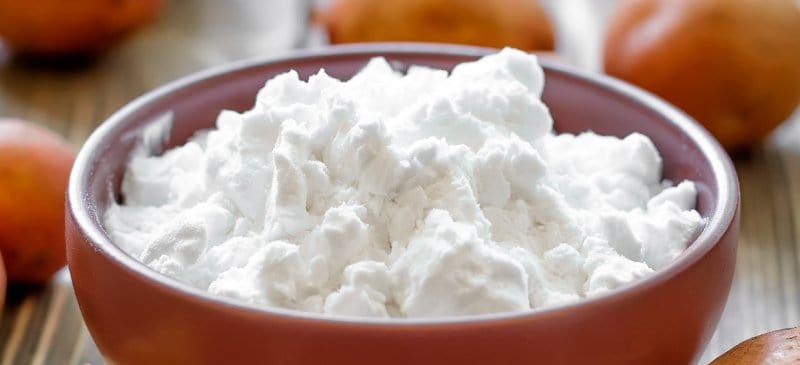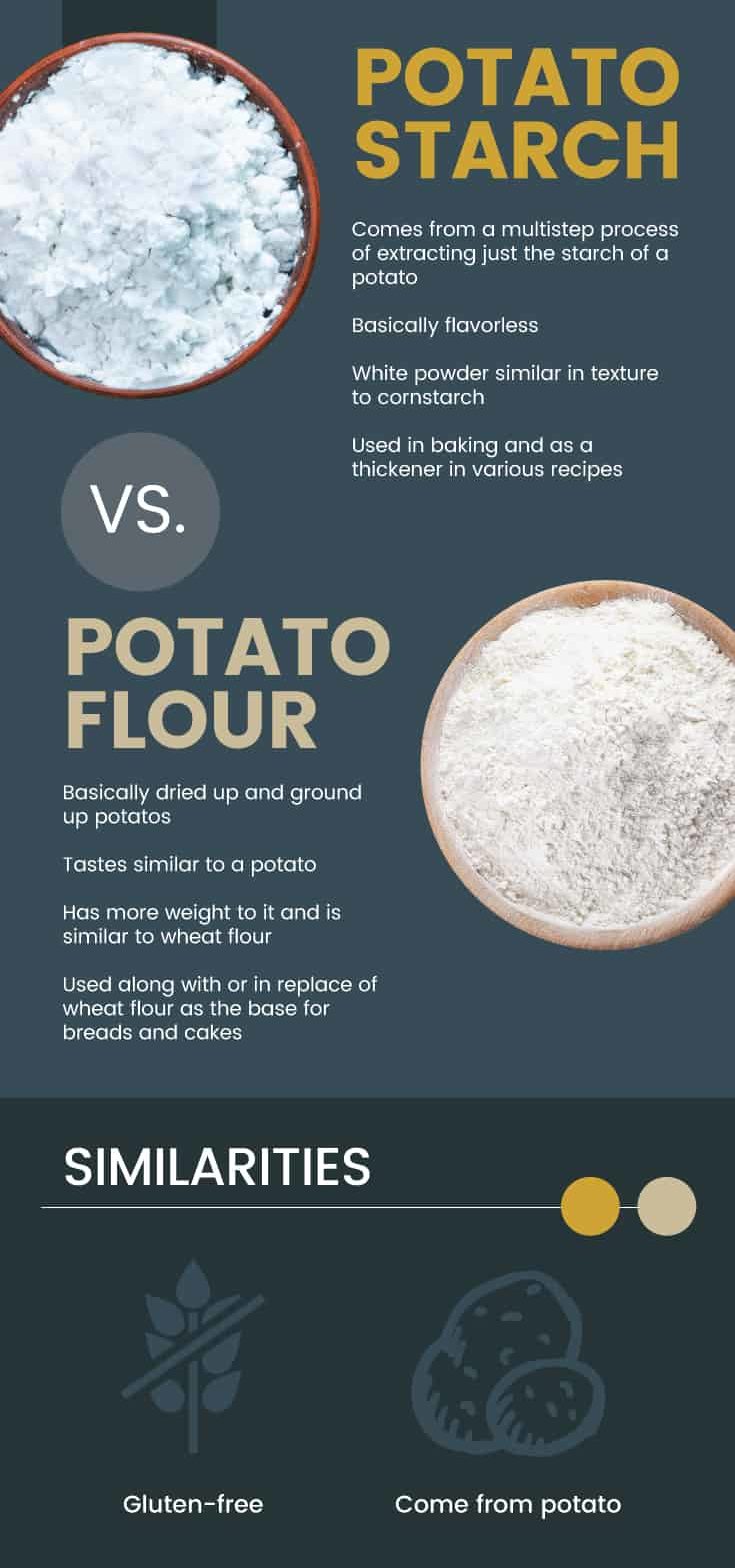This Dr. Axe content is medically reviewed or fact checked to ensure factually accurate information.
With strict editorial sourcing guidelines, we only link to academic research institutions, reputable media sites and, when research is available, medically peer-reviewed studies. Note that the numbers in parentheses (1, 2, etc.) are clickable links to these studies.
The information in our articles is NOT intended to replace a one-on-one relationship with a qualified health care professional and is not intended as medical advice.
This article is based on scientific evidence, written by experts and fact checked by our trained editorial staff. Note that the numbers in parentheses (1, 2, etc.) are clickable links to medically peer-reviewed studies.
Our team includes licensed nutritionists and dietitians, certified health education specialists, as well as certified strength and conditioning specialists, personal trainers and corrective exercise specialists. Our team aims to be not only thorough with its research, but also objective and unbiased.
The information in our articles is NOT intended to replace a one-on-one relationship with a qualified health care professional and is not intended as medical advice.
Is Potato Starch Good for You? Pros & Cons + Healthy Substitutes
July 12, 2021

As gluten-free baking and cooking become more popular, people want to know: What are the best healthy starches and grains to substitute for wheat flour? Potato starch is one type of wheat substitute.
What is potato starch used for? It’s a starch derived from potatoes, and it’s often used to a thickener for sauces, soups and stews.
As a 2018 report in Nutrients explains:
Potatoes have been an affordable, staple part of the diet for many hundreds of years…Potatoes are an important source of micronutrients, such as vitamin C, vitamin B6, potassium, folate, and iron and contribute a significant amount of fiber to the diet.
Today, the main plant-based starches made in mills around the world include wheat, corn, cassava and, last but not least, potato. These starches have similarities and differences depending upon their chemical makeup and nutrient content.
Aside from matzo prepared under strict guidelines, forbidden Passover ingredients include wheat, barley, rye, oats and spelt. Cornstarch is not considered kosher so it’s also not allowed.
What ingredient is commonly used in Passover baking? You guessed it: starch of the potato.
Let’s take a look at the pluses and minuses of this vegetable-derived complex carbohydrate, as well as some healthier alternatives that are also gluten-free.
Nutrition
What is potato starch exactly? First, let’s talk about what is starch.
Starch is an odorless, tasteless, soft white substance that is made by all green plants.
Potato starch is the starch found in potatoes. The potato plant (Solanum tuberosum) is a member of the nightshade family and produces edible tubers more commonly known as potatoes.
If you read ingredient labels carefully, you may surprisingly see potato starch or potato flour found in the following:
- baked goods, such as muffins
- breads
- candies
- canned soups
- dips
- dressings
- shredded cheese
- spice mixes
- various prepackaged food items
Is a potato a grain? No, it is definitely not a grain.
As a vegetable, the potato contains a large variety of nutrients, including:
- potassium
- calcium
- iron
- magnesium
- phosphorous
- zinc
- copper
- vitamin C
- B vitamins
As such, you would think that its starch would also be rich in some or all of these nutrients. Unfortunately, as you’re about to see, potato starch’s claim to fame is definitely not its vitamin and mineral content.
Is there gluten in potatoes? No, there is not, but that doesn’t automatically mean that potato starch is a health food.
While it’s been known to help with blood sugar and good gut bacteria, it’s also low in nutrients and often genetically modified.
One tablespoon of potato starch contains about:
- 40 calories
- 10 grams carbohydrates
- 0 grams protein
- 0 grams fat
- 0 grams fiber
There are around eight grams of resistant starch per tablespoon of raw potato starch as well but not much else in the way of nutrition.
Pros and Cons
Let’s take a look at possible potato starch health benefits as well as some negative aspects of this vegetable starch.
Pros:
1. Blood Sugar Helper
Many healthy starches fall into the category of resistant starch foods. As a resistant starch, potato starch has been shown to help normalize blood sugar.
What is a resistant starch? Resistant starches are able to travel through the body’s digestive system without being changed.
Another example of a resistant starch similar to potato starch is unripe bananas.
It’s believed that the resident starch found in potatoes may be more satiating than other starchy carbohydrates, such as pasta and rice. This may aid weight maintenance.
A scientific study published in the journal Diabetic Medicine in 2010 investigated whether or not consumption of resistant starch could help people struggling with metabolic syndrome. The single-blind, randomized study had 20 subjects with insulin resistance consume either 40 grams per day of a resistant starch supplement or a placebo for a 12-week period.
The study results showed that consumers of the resistant starch had improved insulin sensitivity compared to the placebo group. Overall, the researchers concluded that “consumption of resistant starch improves insulin sensitivity in subjects with the metabolic syndrome.”
A 2019 study found that raw potato starch positively impacted the microbiomes (guts) of mice fed starch-based diets in a way that positively affected their metabolic health. When mice were given different starches (corn, wheat, rice and potato) for 16 weeks, the potato starch-fed group showed the lowest weight gain and fat tissue accumulation of all the groups, as well as the highest insulin sensitivity.
2. Boosts Good Bacteria and Gut Health
As a resistant starch, potato starch acts as a prebiotic in the body. This means that it actually feeds the good bacteria in your intestine.
Research demonstrates that the helpful effects of resistant starches on the digestive system are likely the result of beneficial short-chain fatty acids produced by bacterial fermentation taking place in the large intestine.
A 2019 study published in the journal Nutrients found that feeding potato starch to rats that were fed high-fat diets led to improvements in gut microbiota that helped decrease dysbiosis (reduction in microbial diversity and loss of beneficial bacteria) and systemic inflammation.
The starch helped promote bacterial fermentation and improve gastrointestinal epithelial barrier function, which supports a healthy inflammation response. It was also found that the starch in the rats’ diets improved glucose homeostasis.
Other studies conducted on different animals have found similar results. Starch from potatoes can improve microbiome diversity. That has many benefits for immune health and beyond.
3. Gluten-Free
For anyone into gluten-free baking or who’s trying to avoid wheat/gluten when cooking, one of the health benefits of potato starch is the fact that it is is naturally gluten-free.
4. Easy to Cook With
Once it’s cooked, this starch is said to have a lot of desirable culinary characteristics, including “neutral taste, good clarity, high binding strength, long texture and a minimal tendency to foaming or yellowing of the solution.”

Cons:
Why is potato starch bad for you? Here are some of the drawbacks of using this flour substitute:
1. Low in Nutrients
Unlike its source, the potato, this starch does not contain significant amounts of vitamins or minerals. In terms of essential nutrients, it actually only contains one: carbohydrates.
2. Genetic Modifications
Starch from potatoes consists of of two main parts: amylose (20 percent) and amylopectin (80 percent). The amylose is considered the unwanted part because it encourages gelling when it is added to things.
Potato starch can come from genetically modified potatoes. One specific example of this is Amflora, which is a genetically modified potato that has been specifically designed to produce only the amylopectin component of the starch.
3. May Cause Digestive Issues
When you first start incorporating resistant starch recipes that include potato starch into your diet, you may notice some temporary changes to your digestion, such as bloating and gas. Potato allergies are not common, but you should avoid potato starch if you have a food allergy to nightshades or a potato intolerance.
Related: Are Potato Chips Good for You? Pros & Cons of This Common Snack (+ Healthy Alternatives)
Potato Starch vs. Potato Flour
Is there a difference between potato starch vs. potato flour? Not surprisingly, both the starch and the flour come from a potato. Both are gluten-free, but they are two totally different things.
Potato starch actually comes from a multistep process of extracting just the starch from potatoes. Potato flour, on the other hand, is basically dried-up and ground-up potato. The starch and flour are used for different reasons and actually taste different too.
The starch is basically flavorless, but potato flour has a flavor similar to a potato. Potato starch is a white powder similar in texture to cornstarch, while potato flour has more weight to it and is similar to wheat flour.
Potato starch is used in baking and as a thickener in various recipes. Potato flour is often used along with or to replace wheat flour as the base for breads and cakes.
Warning: Don’t attempt to use potato flour in place of potato starch as a thickener because you may likely end up with glue-like results! Save the flour for other uses, like baking.

Potato Starch vs. Cornstarch
Cornstarch comes from corn, specifically the endosperm. The endosperm is rich in starch.
It’s a white powdery substance that is basically flavorless and odorless. It absorbs water and helps give recipes a certain chewy texture.
You can add cornstarch to soups, stews, etc., as a thickening agent or add it to sweet desserts, puddings, brownies, bread, cakes and cookies. It can help create “a light and airy texture.”
GMO-free cornstarch is also gluten-free, and it is a more nutrient-rich alternative to potato. Plus, cornstarch is said to have a lower likelihood of clumping compared to potato starch.
Can I use cornstarch instead of potato starch?
One of the big difference between potato and corn starches is that potato starch can handle higher temperatures, so it’s sometimes preferred for baking.
Both arrowroot starch and cornstarch can be used in place of potato starch in a one-to-one substitution ratio. In other words, if a recipe calls for one tablespoon of potato starch, add one tablespoon of cornstarch or arrowroot instead, and otherwise follow the recipe’s directions.
When using potato starch as a cornstarch substitute, it works best added to recipes that are not going to be cooked for elongated periods. Dishes like soups, gravies, pie fillings and puddings are all recipes in which you can use cornstarch and potato starch interchangeably.
To use cornstarch, mix it into recipes at room temperature. Try mixing a few tablespoons of cornstarch with a cold liquid like water or plant-based milk before adding it to the recipe.
It’s also not recommended that you use cornstarch in recipes that are going to be frozen.
Related: Tapioca Flour: The Best ‘Performing’ Gluten-Free Flour?
How to Use
Potato starch is not expensive, and you can usually it in health food stores, local grocery stores or online. Some products labeled “potato starch” actually have “potato flour” as their only ingredient so make sure to carefully read packaging.
If you’re purchasing potato starch, you want to make sure that it’s non-GMO and ideally organic too.
The main uses for this starch include adding it to recipes to thicken sauces, stews, soups, custards and puddings. It’s also used frequently in gluten-free and Passover baking.
If you are using potato starch as a thickener in a hot liquid, it’s important to make sure it doesn’t boil because this will make it harder for the liquid to thicken. You can add it to warm water and bake with it — just prevent boiling.
Recipes:
Here are some healthy resistant starch recipes that include starch from potatoes. Depending on your personal preference, feel free to substitute arrowroot starch for potato in these recipes.
Healthier Substitutes
If you don’t have potato starch on hand, you can’t substitute it with potato flour. Potato flour has a much more potato-like taste, and it also has a heavier consistency.
Arrowroot starch is healthy substitute that also has many health benefits. While cornstarch is preferred for thickening dairy-based liquids, arrowroot works well with acidic liquids.
Other substitutes include:
- Tapioca/tapioca starch
- Coconut flour
- Almond flour
- Water chestnut flour (if you can find it)
- Depending on the recipe, whole grain flours like organic corn flour, quinoa or buckwheat flour (if you mostly need a thickener)
Conclusion
- You can usually find potato starch in health food stores and big grocery stores.
- As a resistant starch, potato starch has been shown to have some potential benefits, including positive effects on insulin levels and good gut bacteria. However, it’s not a great source of nutrients.
- It’s an alternative ingredient for anyone following a gluten-free diet. This starch is also often seen in Passover recipes.
- If you are going to use it, make sure it is organic and not genetically modified.
- Potato starch and potato flour are two totally different things. Don’t attempt to use potato flour in place of potato starch as a thickener because you may likely end up with glue-like results. Save the flour for other uses, like baking.
- Is cornstarch or potato starch better? They are mostly interchangeable, but cornstarch is more sensitive to extreme temperatures. Arrowroot starch and cornstarch can usually be used in place of potato starch in recipes.










